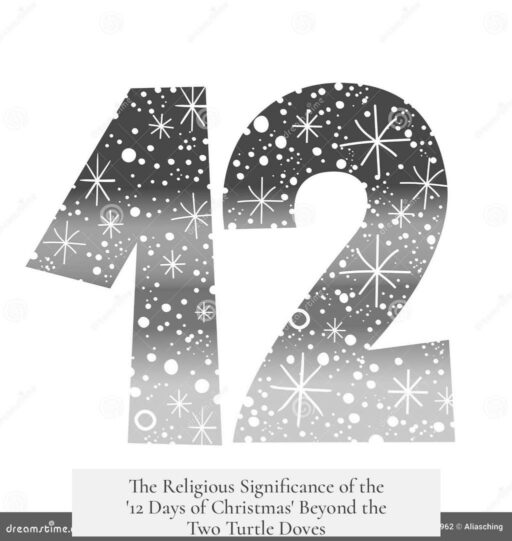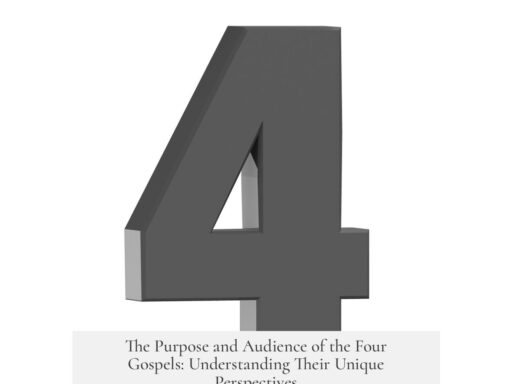Beyond the well-known biblical allusion of the “two turtle doves,” other lines in “The 12 Days of Christmas” also carry religious significance that reflect Christian symbolism and catechism teaching. While the two turtle doves represent the Old and New Testaments, many elements in the song are believed to encode key aspects of Christianity.
The “12 Days of Christmas” has often been interpreted as a memory aid for Catholics during times when open practice was restricted. Each gift or number corresponds to a religious concept or doctrine.
- Partridge in a Pear Tree – Represents Jesus Christ, the Son of God. The partridge is symbolic of Christ’s sacrifice, and the pear tree represents the cross.
- Two Turtle Doves – These are explicitly linked to the Old and New Testaments, signifying the dual foundation of Christian scripture.
- Three French Hens – Often viewed as the theological virtues of Faith, Hope, and Charity (Love).
- Four Calling Birds – Interpreted as the four Gospels of Matthew, Mark, Luke, and John, which call believers to faith.
- Five Gold Rings – Thought to symbolize the first five books of the Old Testament, known as the Pentateuch or Torah.
- Six Geese a-Laying – Represent the six days of creation described in Genesis.
- Seven Swans a-Swimming – Symbolize the seven gifts of the Holy Spirit: wisdom, understanding, counsel, fortitude, knowledge, piety, and fear of the Lord.
- Eight Maids a-Milking – Signify the eight Beatitudes from Jesus’s Sermon on the Mount.
- Nine Ladies Dancing – Represent the nine fruits of the Holy Spirit as outlined in Galatians: love, joy, peace, patience, kindness, goodness, faithfulness, gentleness, and self-control.
- Ten Lords a-Leaping – Symbolize the Ten Commandments given to Moses on Mount Sinai.
- Eleven Pipers Piping – Represent the eleven faithful Apostles following Judas Iscariot’s betrayal.
- Twelve Drummers Drumming – Are seen as the twelve points of doctrine in the Apostles’ Creed.
This catechetical interpretation frames the entire song as a coded summary of Christian doctrine. The symbolism helped adherents remember key elements of their faith without risking persecution. Many modern readers and listeners, however, focus mostly on the festive and secular aspects of the lyrics.
The idea that the song’s gifts have hidden religious meanings originated largely in the mid-20th century. Historians have debated whether these interpretations were intended by the original creators or are a later folk explanation. There is no definitive historical proof that the song was designed as a secret catechism tool, but the symbolism fits consistently with Christian teaching, making the interpretation plausible and meaningful to many.
| Line from Song | Religious Significance |
|---|---|
| Two Turtle Doves | Old and New Testaments |
| Partridge in a Pear Tree | Jesus Christ and the Cross |
| Three French Hens | Faith, Hope, Charity |
| Four Calling Birds | Four Gospels |
| Five Gold Rings | Pentateuch (First 5 Books of the Bible) |
| Six Geese a-Laying | Six Days of Creation |
| Seven Swans a-Swimming | Seven Gifts of the Holy Spirit |
| Eight Maids a-Milking | Eight Beatitudes |
| Nine Ladies Dancing | Nine Fruits of the Holy Spirit |
| Ten Lords a-Leaping | Ten Commandments |
| Eleven Pipers Piping | Eleven Apostles |
| Twelve Drummers Drumming | Twelve Articles of the Apostles’ Creed |
This layering of meaning enriches the song beyond its obvious festive appeal. It reflects religious teaching methods from eras when believers needed subtle reinforcements of doctrine. Today, the song exists in both secular and spiritual contexts.
- The two turtle doves stand for the Christian Bible’s two main testaments.
- Most other lines also correspond to Christian teachings and symbols.
- The interpretations form a catechism in song form, aiding religious education.
- These meanings likely arose to help preserve faith during times of persecution.
- The religious symbolism is widely accepted but not definitively proven as original.




